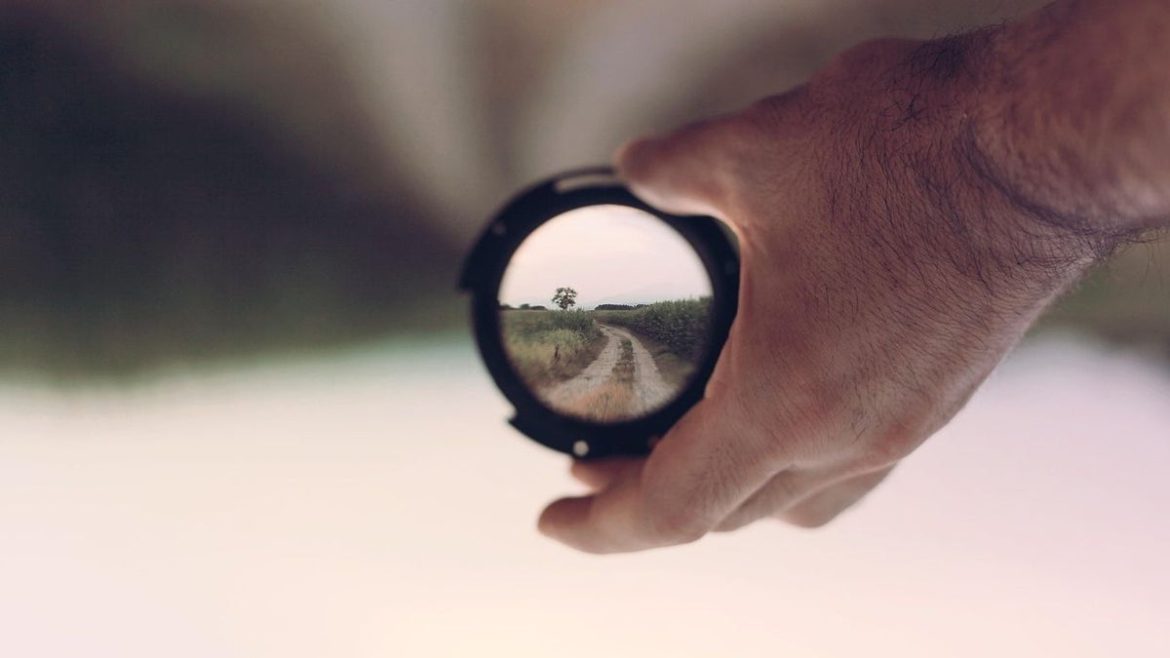The latest seed of ingenuity in that department sprouted a very intriguing dual periscope telephoto system. It’s nested on the back of the Huawei Pura 80 Ultra, and today we’re going to find out how it operates and, most importantly, if it’s worth the hype.
Two focal lengths in one camera?
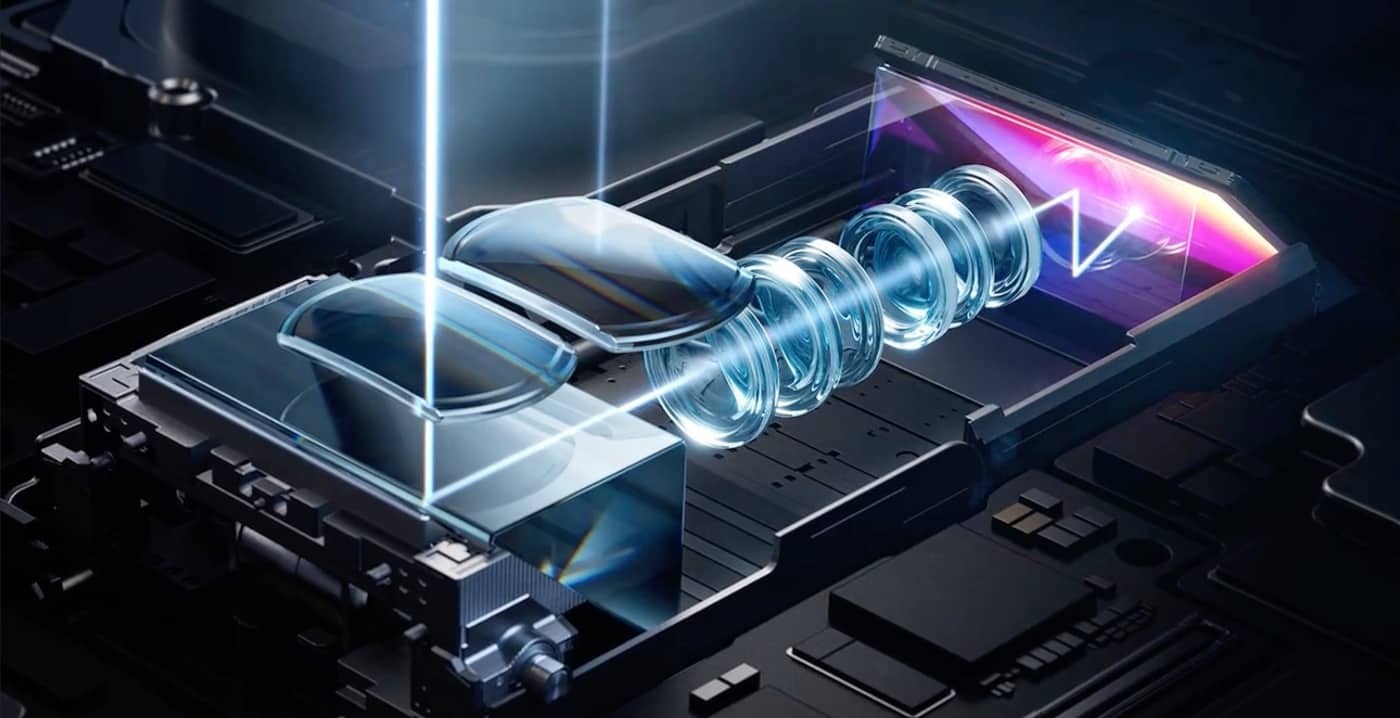

The system uses two objective lenses | Image by Huawei
A quick glance at the specs of the Pura 80 Ultra gives us the following description: “Get crystal-clear images from far away to up close, thanks to 3.7x and 9.4x dual optical zoom on the groundbreaking Switchable Dual Telephoto Camera.”
This doesn’t give us much, but going deep into the specs, we find that the system provides two different focal length equivalents, 83 and 212 mm, using one 50MP sensor.
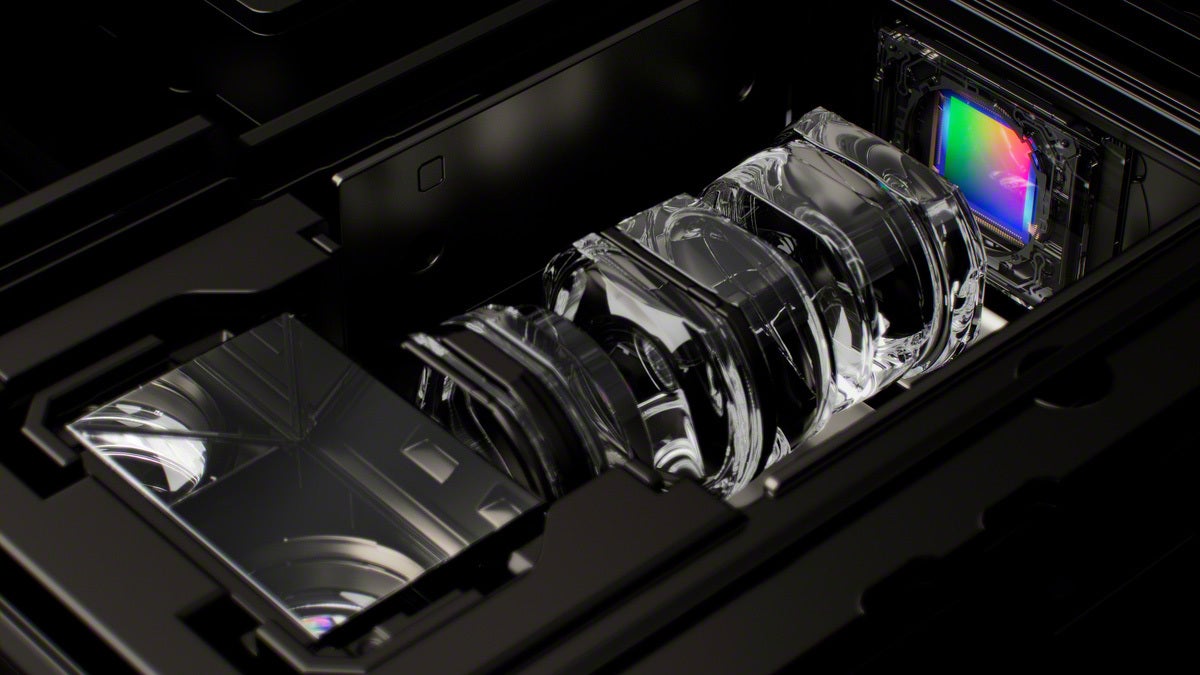

Sony did a similar thing but the system incorporates moving lenses inside | Image by Sony
Some of you might remember that Sony did something similar with its periscope system—the Xperia 1 III was the first phone to feature a variable telephoto with two separate focal lengths—70 mm and 105 mm—all in one camera.
Sony perfected the system later and made the zoom continuous, offering the whole zoom range between the two focal lengths in small steps. The system in the Huawei Pura 80 Ultra is different.
How does it work? Two fixed lenses and a moving prism


There’s a system that physically moves the prism under the objective lenses | Image by Huawei
While Sony is moving some elements inside the telephoto with precise actuators to achieve continuous zoom, Huawei has opted for a simpler approach.
Two lenses are fixed on the surface of the camera—you can see them on the ring at the back of the telephoto camera. Underneath there’s a prism that directs the light toward the other elements of the system.

This is the so-called “periscope” design. The light is reflected at a 90-degree angle by the prism to allow the other lenses to be positioned longitudinally inside the body, bypassing the thickness limitation of modern smartphones.
Pros and cons of a switchable telephoto
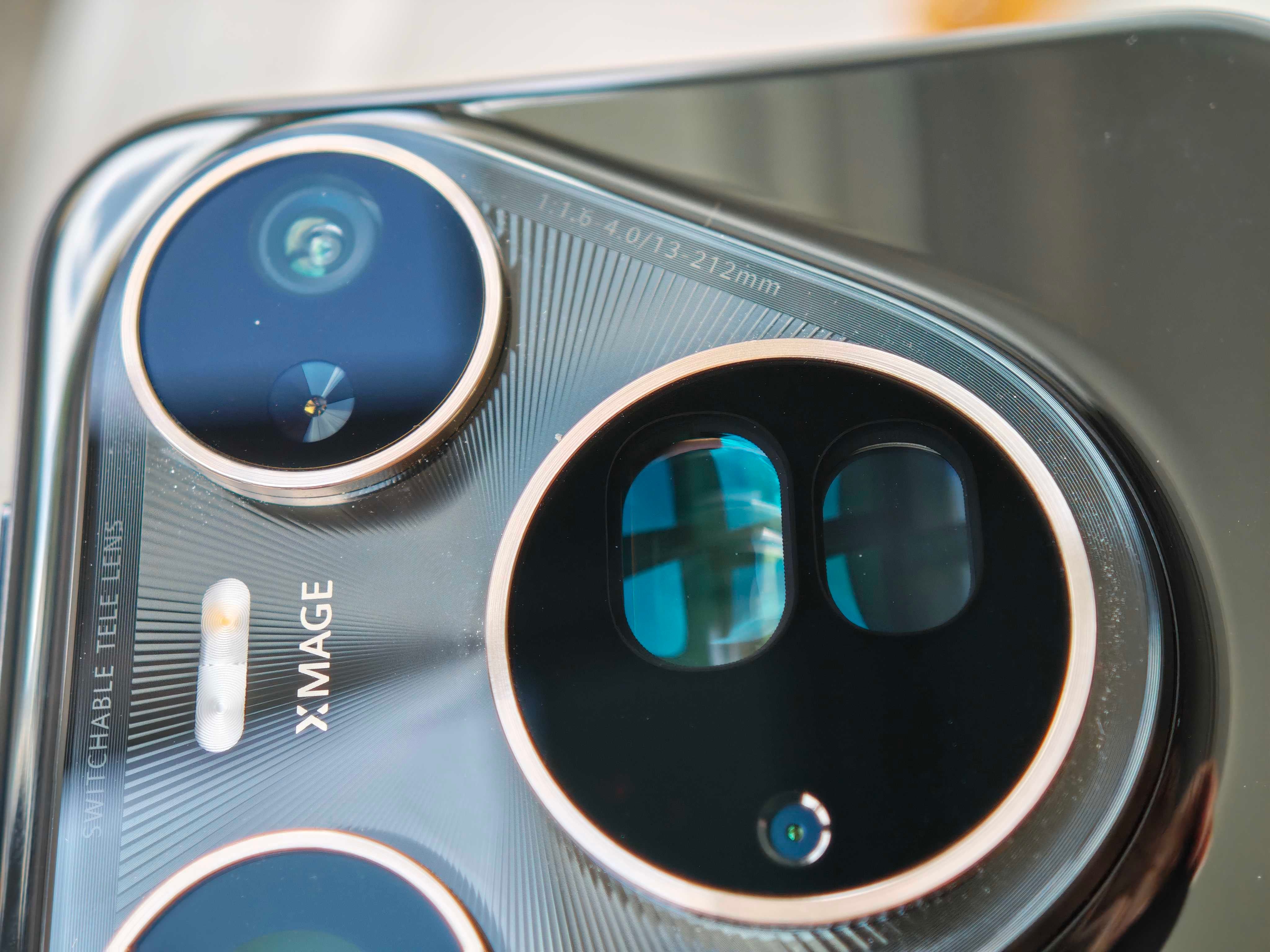

There are advantages and disadvantages to this kind of a system | Image by PhoneArena
This is even more important when you have a big 1-inch sensor for the main camera. In the previous iteration of the phone, the Pura 70 Ultra, Huawei motorized the lens above the main camera to be able to use the whole surface of the sensor without making the camera bump enormous.
The Huawei Pura 70 Ultra and its pop up main camera
Now, the Pura 80 Ultra sports one of the biggest camera bumps we’ve seen to date, and it’s probably due to the fact that the main lens doesn’t pop up anymore. It just needs to be at a certain distance to utilize the whole surface of the sensor.
Our guess is that Huawei couldn’t find the space for two motorized systems and decided to go the switchable telephoto route.
Another advantage of such a system over the more complicated continuous zoom that the latest Xperia phones have is the simplicity of this solution. There’s no need for complicated and precise actuators and no need for sophisticated software to run them to get good results.
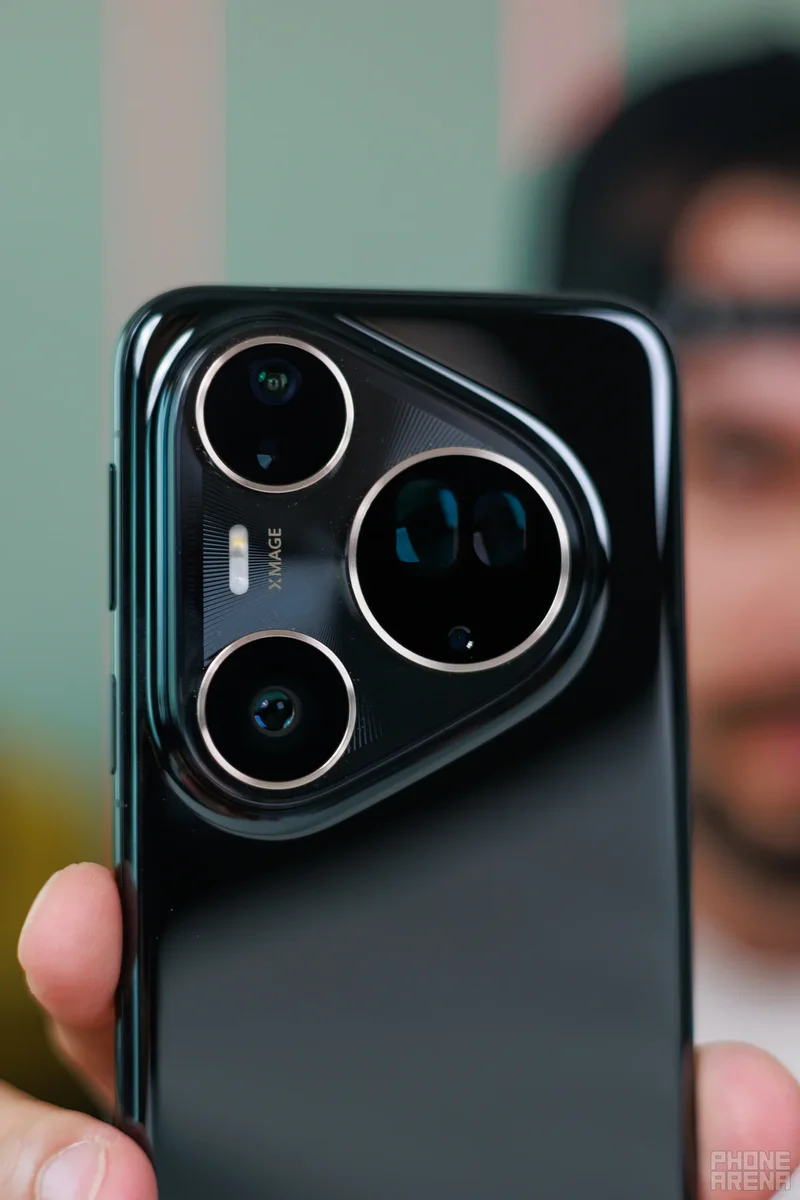
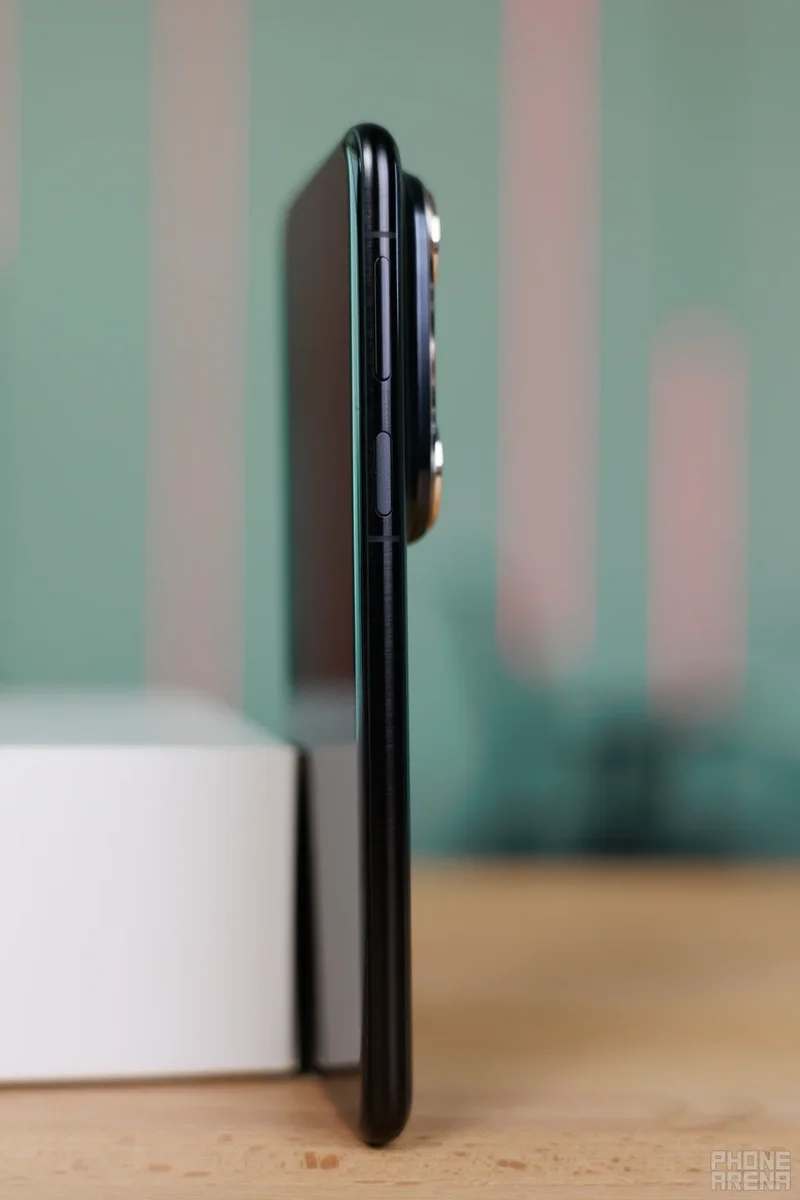
Now for the drawbacks. Having a moving part inside a system is always a compromise with its durability. These systems are stress tested and can survive hundreds of thousands of operations, but still, it’s a weak link that’s prone to failure, especially if you accidentally drop your phone.
This is the reason why the 9.4x mode of the telephoto inside the Pura 80 Ultra is listed as 12.5MP, while the 3.7x uses the whole 50MP of the sensor. This is all too technical, and what really matters the most is the end result.
Results
Portrait samples look really good at both 3.7X and 9.4X magnification. There’s no squashing, and the face isn’t elongated. The quality is also quite good, although the algorithms have smeared a couple of hair strands on the second picture.
You can use the 9.4X mode to snap some close-ups, read signs, or capture stunning wildlife photos (sadly, all grizzly bears were absent at the time of our shootout). The McDonald’s above was about 100 yards away when we took the picture, and the details are still there; you can read the Pay Station sign or the plate of the vehicle in the top left.
Dual telephoto—a revolution or a gimmick?
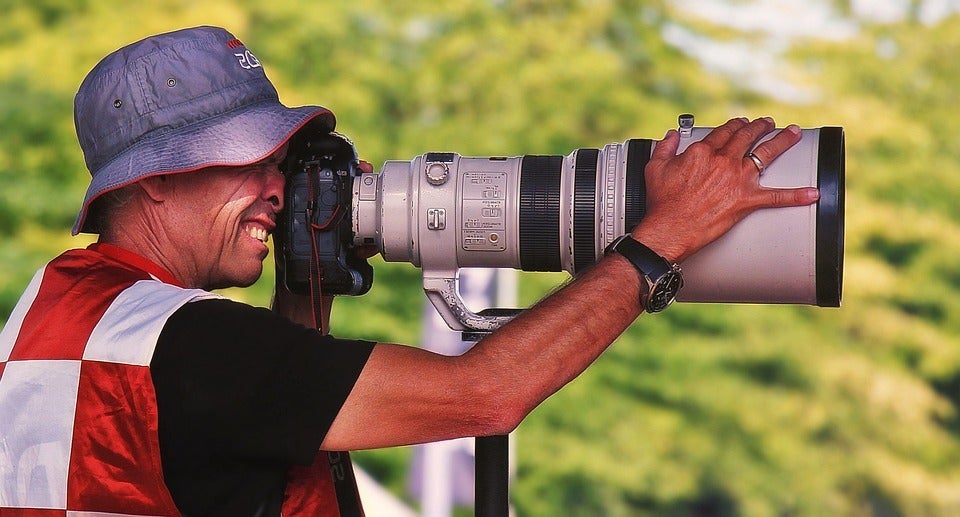

Can a phone replace a good telephoto lens? Probably not… | Image by PixaBay
The beauty of this system is its relative simplicity. There are no super-precise actuators or complicated software to make sense of the continuous zoom. The megapixel count of modern sensors is high enough to allow for the compromise with the focal surface we talked about, and companies can choose two focal lengths that are the most useful.
In the case of the Pura 80 Ultra, the 83 mm focal length is just great for portraits; there’s less distortion compared to wider lenses, and images look more natural. On the other hand, 212 mm ventures into the “real” telephoto territory, providing a great tool for wildlife and sports photography.
So, we’re quite impressed with Huawei’s idea and execution and would love to see similar systems on more phones. Imagine a compact iPhone 18 with such a system, coupled with Apple’s processing power. This could also be a solution to be used in the upcoming trend of super-slim phones.
#telephoto #cameras #revolution #gimmick
